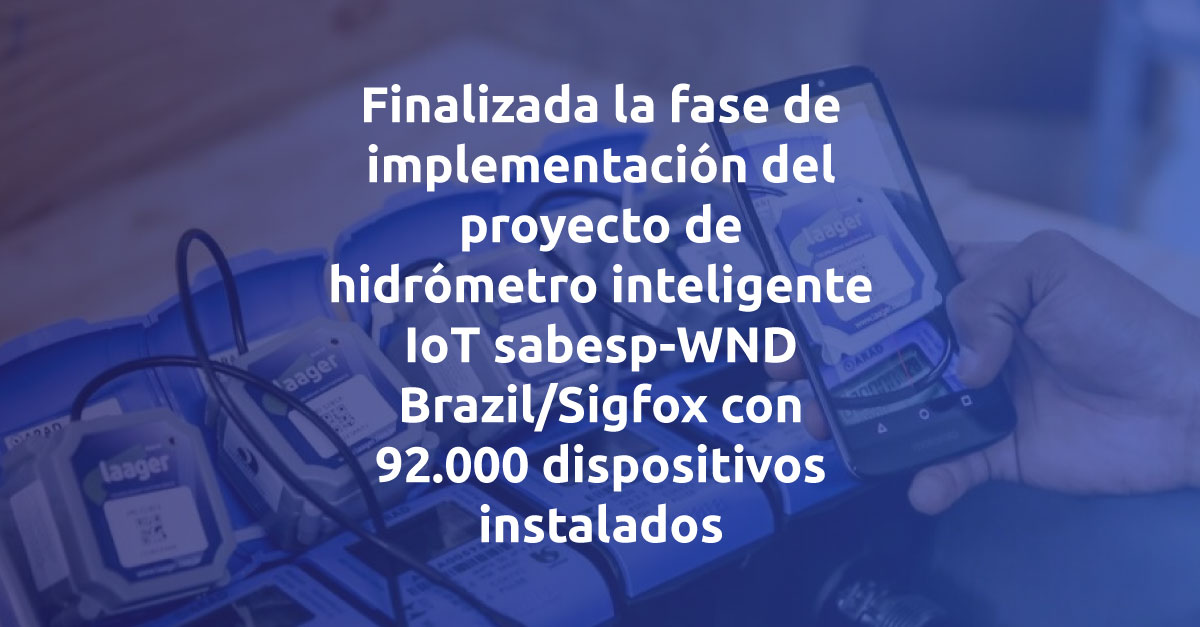Source: Sigfox
Written by Julien Meriaudeau
The way we work is changing, and will never be the same again. Workers across the globe are calling for greater flexibility in everything from working hours to environments and demanding more than ever before.
In 2017, PwC found that 80% of their 44,000 employees demanded flexibility in their work schedules, leading the company to commit to converting all of its US offices into co-working spaces.
In the UK alone, more than 4 million people regularly work from home, as an increasingly millennial and ‘Gen Z’ workforce prioritise adaptability over a rigid working routine.
While this progress is fantastic for creating a motivated workforce, it does present employers and building managers with a number of interesting challenges. How do we monitor productivity? How do we ensure spaces are being used in the most efficient manner? How do we manage energy usage? What’s the minimum number of desks we can work with? A different strategy for managing a workspace is required.

Optimizing costs for workplace efficiency
It’s exactly this issue of flexibility and efficiency that Ubigreen’s Smart Desk solution has addressed. By integrating the software within office spaces, clients are empowered to manage their environment more effectively, meaning no more empty meeting rooms, no more empty desks, and no more unnecessary rent costs.
How does it work?
The solution works by attaching sensors either to an office ceiling or underneath a desk. These sensors will then transmit the occupancy measurement of each office/desk space and meeting room to the Smart Desk system in real-time, making unoccupied rooms available for booking.
Can I do anything else with the data that’s collected?
What makes the Ubigreen solution so practical is that it will allow you to monitor office spaces as your company evolves. A one-time installation will provide valuable insights for years to come, allowing you to make more informed choices around your company’s growth.
How long will the transition to a ‘Flex Office’ take?
The robust nature of the sensors means they can be easily installed within a few hours (one device requires just 3 minutes to be installed), while Ubigreen can configure high-quality site maps within a quick turnaround. Plus, since software training is included with certain packages, you’ll be able to transition according to your own needs and at your own speed.
On average customers are required to reach 0,7/0,8 desks per employee in order to fulfil the promise of a Flex Office Policy. The freed-up space can be used to move additional employees as well as to create new collaborative or private work environment (activity-based workspaces).
What are the maintenance costs?
Operating on Sigfox’s 0G network, the devices have an incredible battery life, meaning they will last for at least 5 to 10 years. The devices also come with a 1-year warranty, although a bespoke maintenance contract can be organised for added peace of mind.
When can I expect to make my money back?
The estimated Return on Investment depends on the size of your business, but one company with almost 2000 employees sharing an office space predicted an ROI less than six months after integrating the Smart Desk solution.
Happy workforce, happy savings
Integrating office spaces with innovative IoT technology will not only enhance a company on a management level but also in the realms of employee satisfaction. One international insurance company made the move to flex offices back in 2017. Having originally operated over 3 floors, each holding 200 employees, the transition enabled the company to instead operate over two floors, reducing rent costs by a third and granting them an additional source of revenue through renting out the remaining floor.
Furthermore, the benefits of taking up this smart workspace model are almost instant. Another concrete example can be seen from a business in the banking industry: Within 3 months, the solution put in place revealed an occupation rate below the initial hypothesis and allowed the company to increase the number of employees on-site by 35% from the initial capacity assessment made, allowing them to close down smaller offices and generate additional savings.
The project generated a Return on Investment for this company within just six months.
Not only is the Smart Desk solution a practical tool for managing communal work hours, but it’s also pushing buildings and offices to their maximum potential.
Happy workforce, happy environment and bottom line
Introducing a Smart Desk solution to your workspace will:
-
Reduce total annual operating costs per occupant
-
Reduce real estate expenses
-
Increase the average office occupancy rate and reduce non-use of booked office spaces
-
On top of that, dynamic space mapping and real-time data output will allow you to optimise the way you use your offices exactly to your own needs.
This means that the solution is perfect for industries with a high headcount, such as banking and insurance, and especially for businesses which rely on a transient workforce, such as consultants and IT specialists. However, with models starting from a minimum of 100 desks, smaller companies can and will benefit from the transition to a flex office as well. Reduced outgoings, a happier workforce, and a smaller environmental impact – the benefits are clear for all to see.
Let’s not waste any more time in making Smart Desks the new normal.
(*) Julien Meriaudeau is the President & Co-founder of Ubigreen, a company providing digital solutions to improve the operating performance of their client’s buildings and workspaces.



